Aging Population
The demographic shift towards an aging population significantly influences the Vasomotor Menopausal Symptoms (VMS) Treatment Market. As life expectancy increases, a larger segment of the population enters menopause, leading to a higher prevalence of VMS. Current statistics indicate that around 1.3 billion women are expected to be in menopause by 2030, which suggests a burgeoning market for VMS treatments. This demographic trend compels healthcare providers and pharmaceutical companies to develop and market effective therapies tailored to this age group, thereby driving market expansion. The intersection of aging and health awareness creates a fertile ground for growth in the VMS treatment landscape.
Advancements in Pharmaceutical Research
Innovations in pharmaceutical research are propelling the Vasomotor Menopausal Symptoms (VMS) Treatment Market forward. The development of new drugs and therapies, including non-hormonal options, is expanding the treatment landscape for VMS. Recent advancements have led to the introduction of medications that target specific symptoms with fewer side effects, appealing to a broader patient base. For instance, the approval of new non-hormonal treatments has been met with enthusiasm, as they provide alternatives for women who are hesitant to use hormone replacement therapy. This ongoing research and development are likely to enhance treatment efficacy and patient satisfaction, thereby stimulating market growth.
Increasing Awareness of Menopausal Health
The rising awareness surrounding menopausal health is a pivotal driver for the Vasomotor Menopausal Symptoms (VMS) Treatment Market. Educational campaigns and initiatives by healthcare organizations have led to a greater understanding of VMS and its impact on women's quality of life. This heightened awareness encourages women to seek treatment options, thereby expanding the market. According to recent data, approximately 75% of women experience VMS during menopause, which underscores the necessity for effective treatment solutions. As more women become informed about available therapies, the demand for innovative treatments is likely to increase, propelling growth in the VMS treatment sector.
Regulatory Support for Menopausal Treatments
Regulatory support for menopausal treatments is a crucial driver for the Vasomotor Menopausal Symptoms (VMS) Treatment Market. Governments and health authorities are increasingly recognizing the need for effective management of menopausal symptoms, leading to streamlined approval processes for new therapies. This supportive regulatory environment encourages pharmaceutical companies to invest in research and development, fostering innovation in the VMS treatment space. Recent initiatives aimed at improving access to menopausal health services further enhance market potential. As regulatory frameworks evolve to support the introduction of new treatments, the VMS treatment market is poised for significant growth.
Growing Preference for Holistic and Natural Remedies
The increasing preference for holistic and natural remedies among consumers is reshaping the Vasomotor Menopausal Symptoms (VMS) Treatment Market. Many women are seeking alternatives to traditional pharmaceutical treatments, favoring options that align with their lifestyle choices. This trend is evident in the rising demand for herbal supplements and lifestyle modifications that address VMS symptoms. Market data suggests that the natural remedies segment is experiencing robust growth, as consumers become more health-conscious and informed about the benefits of such treatments. This shift towards natural solutions is likely to influence product offerings and marketing strategies within the VMS treatment sector.


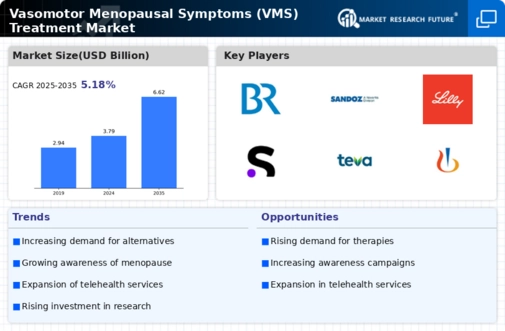
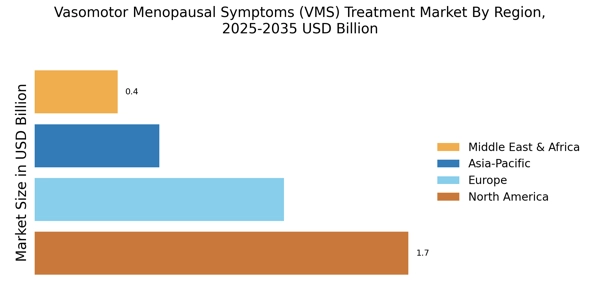
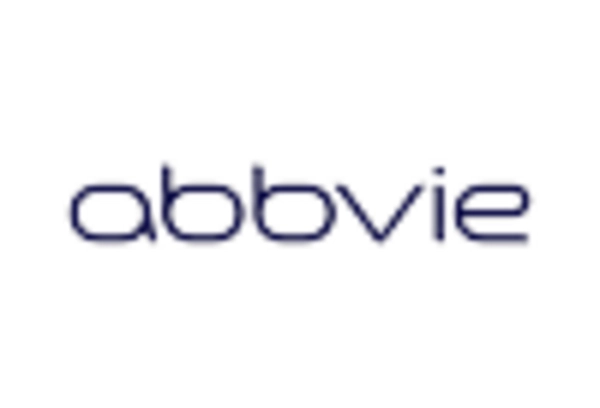
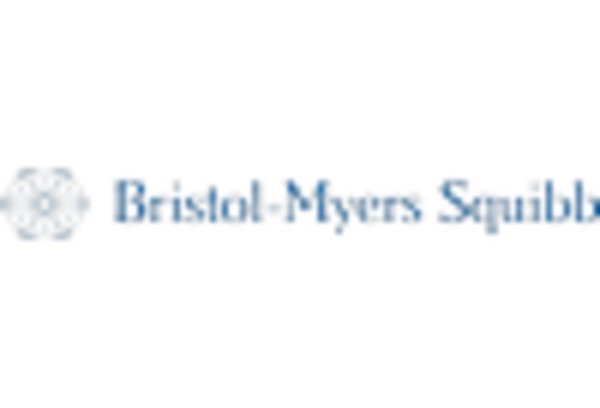
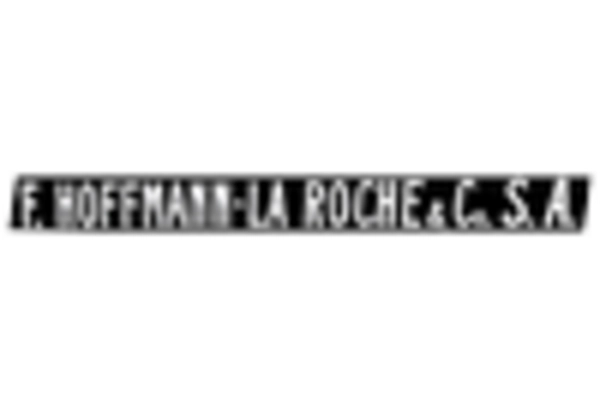
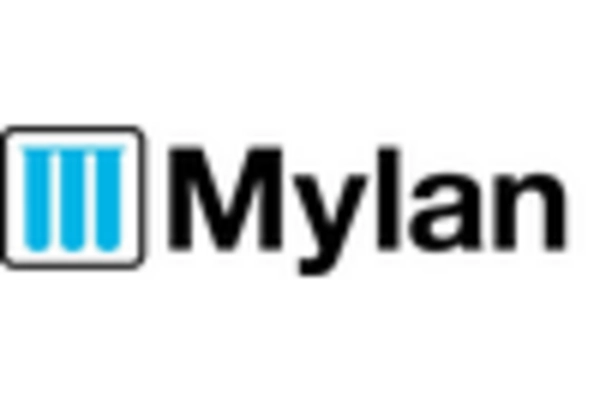

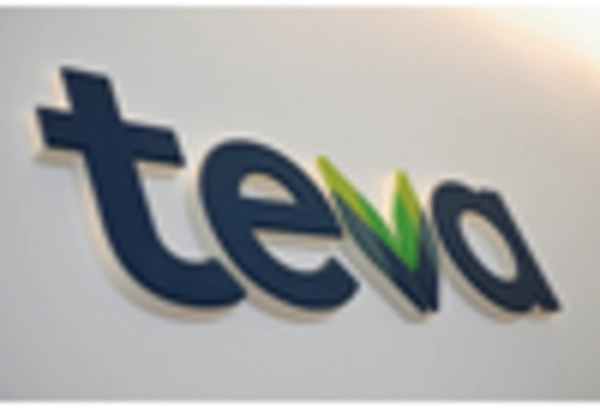








Leave a Comment